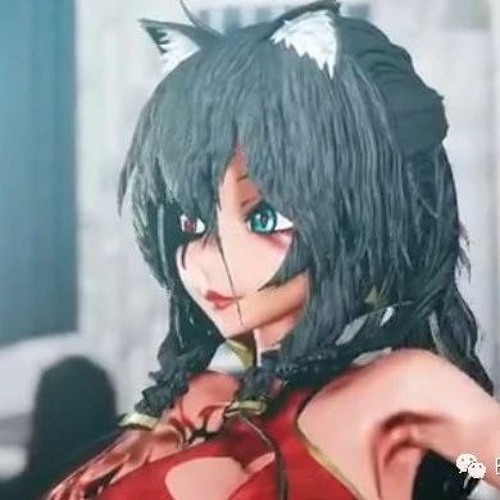The World of Anime - A Deep Dive into Its Origins, Evolution, and Impact
 0
0
Posted: Wed February 05 4:00 AM PST
Business: My Business Name
Tags: anime

Explore Nyakumi, where rich traditions meet vibrant culture. Experience local crafts, delicious cuisine, and unforgettable adventures in one captivating place.
Anime has become a global phenomenon, captivating audiences across cultures and generations. Originally a Japanese art form, anime has evolved into a diverse and influential medium that extends beyond entertainment to impact fashion, technology, and even education. This article explores the origins, development, genres, and worldwide influence of anime, while also highlighting its future prospects.
The Origins of Anime
The history of anime dates back to the early 20th century, with Japan’s first animated films appearing in the 1910s. However, it was not until the 1960s that anime as we know it truly began to take shape, largely due to the contributions of Osamu Tezuka, often called the "God of Anime." His work, Astro Boy, set the foundation for the art style and storytelling techniques that would define anime in the decades to come.
The Evolution of Anime
The Golden Age (1980s-1990s)
The 1980s and 1990s marked a golden era for anime, with legendary series such as Dragon Ball, Sailor Moon, and Neon Genesis Evangelion gaining widespread popularity. During this period, anime studios like Studio Ghibli and Madhouse produced high-quality content that pushed the boundaries of animation.
The Digital Era (2000s-Present)
With advancements in digital technology, anime entered a new phase in the 2000s. Series such as Naruto, One Piece, and Attack on Titan reached international audiences through streaming platforms, making anime more accessible than ever. Today, digital animation techniques allow for more detailed visuals and complex storytelling, further enhancing the appeal of anime.
The Diverse Genres of Anime
One of the key reasons behind the success of anime is its wide range of genres, catering to different age groups and interests. Here are some of the most popular genres:
Shonen
Aimed primarily at young male audiences, shonen anime focuses on action, adventure, and character development. Notable examples include My Hero Academia and Demon Slayer.
Shojo
Designed for young female viewers, shojo anime often features romance, emotional depth, and personal growth. Cardcaptor Sakura and Fruits Basket are classic examples of shojo anime.
Seinen
Seinen anime targets an older male audience and often includes darker themes, complex narratives, and psychological depth. Popular titles include Tokyo Ghoul and Berserk.
Isekai
A rapidly growing genre, isekai anime revolves around characters being transported to another world, often blending fantasy and adventure. Re:Zero and Sword Art Online are prime examples of isekai anime.
Mecha
This genre features giant robots and advanced technology, with classics like Mobile Suit Gundam and Code Geass dominating the mecha anime scene.
The Global Influence of Anime
Cultural Impact
Anime has left a lasting impact on global pop culture. Cosplay, conventions, and fan art communities thrive worldwide, showing the enthusiasm and dedication of anime fans.
Economic Influence
The anime industry generates billions of dollars annually through merchandise, movies, streaming services, and collaborations. Major streaming platforms such as Crunchyroll and Netflix have invested heavily in anime, further increasing its reach.
Influence on Western Media
Western animation and Hollywood films have been significantly influenced by anime. Shows like Avatar: The Last Airbender and movies such as The Matrix have taken inspiration from anime’s unique storytelling techniques and visual aesthetics.
The Future of Anime
With the rise of artificial intelligence and virtual reality, the future of anime looks promising. AI-assisted animation and interactive storytelling may revolutionize how anime is created and consumed. Additionally, the increasing popularity of anime in non-Japanese markets ensures that it will continue to grow and evolve.
Conclusion
Anime is more than just entertainment—it is an art form that bridges cultures, influences industries, and creates a shared experience for millions of fans worldwide. As technology advances and storytelling continues to evolve, the world of anime will only expand, solidifying its place as a global cultural phenomenon.
Explore Nya Kumi for the latest in fashion trends and unique styles. Our carefully selected pieces are perfect for those seeking individuality and flair.
Comments
Please login above to comment.
